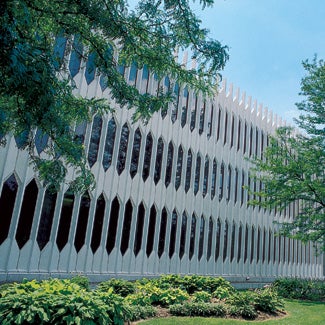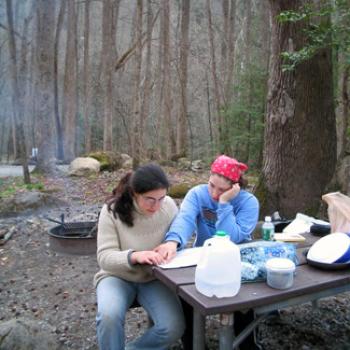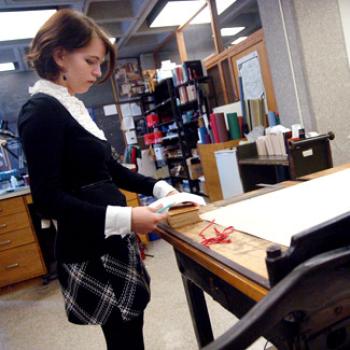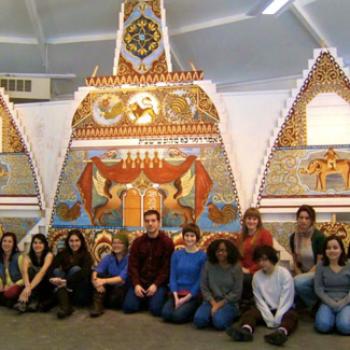On unexpected connections
Prof. Ellis Tallman
“When I walked past the Conservatory, I felt an odd sense of the World Trade Center. I mentioned it to a professor, who responded,“ Well of course, Ellis. Both the Con and the World Trade Center were designed by the same architect - Minoru Yamasaki.””

Outbreaks of financial crises have fascinated me throughout my research career. Historical instances of banking panics, like the Panic of 1907, offer opportunities to examine substantial data sets that have been put together over many years. I investigate historical financial crises in the United States because I have not been convinced that we thoroughly understand how they begin, how they spread, or how some crises dissipate while others take an economy to the brink of complete shutdown. Current events suggest that my skepticism is justified.
I presently teach the course “Panics, Crashes, and Wars: Financial Evolution of United States Economic History” at Oberlin. My goal initially was to convey to the class a sense of historical perspective - that the United States has experienced recurrent financial crises, and that the country has been through worse crises and come out on the other side.
The current financial crisis continues to amaze me while at the same time it frightens me about the financial future as it does everyone else. My parents lived through the Great Depression; my father was hired for his first full-time job in New York City in 1932. His experience was unusual: the unemployment rate was around 25 percent at the time.
Nearly forty years later, my father lost his job in 1970. Because he was only a high school graduate, he did not have many options. He eventually found a job several years later, but it was while he was unemployed that he brought me to downtown Manhattan to show me Wall Street and the World Trade Center, which at that time was under construction. The architectural critics ridiculed its design, but the active construction site looked like an Erector set magnified 100 times its scale, and as such, it dwarfed the surroundings with its immense external structure.
I first visited Oberlin in October 2006. When I walked past to Conservatory of Music, I felt an odd sense of the World Trade Center. I mentioned that point to an Oberlin College professor, who responded, “Well of course, Ellis. Both the Con and the World Trade Center were designed by the same architect - Minoru Yamasaki.”
Many of the financial crises in the United States were centered in New York City - the action occurred on Wall Street. My research has taken me to the New York Clearing House building at 60 Broad Street, several times, and the presence of the World Trade Center dominated the downtown. Financial historians who work nearby the downtown Manhattan financial district may think that Oberlin seems distant from “where the action is,” physically separated from the dramatic events in the US financial center. Yet the Conservatory building ties together financial crises, architecture, and my childhood memories in imagery of gone, but not forgotten events, structures, and youth. This local landmark links me to Oberlin.
Tags:
You may also like

On a fateful spring break
“In the spring of 2004, I embarked on my first ever camping trip with two of my best friends from Oberlin ... I didn’t know yet, but on that trip, I’d caught a permanent case of the research bug. I...
Adina Langer ’06

On passion
“I spent my junior year working in Special Collections: looking at rare books, taking them apart, putting them back together, petting, and loving them. The job was fantastic: this is what I’d always...
Anna Arays ’10

On growing
“I realized I had come a long way from the student who sat in that class three years earlier doubting herself. I had become the articulate college student who had intimidated me so much in my first...
Althea Lamel ’13